| AURORA PROVINCE, PHILIPPINES Sanctuary Of Nature's Splendor BRIEF DESCRIPTION Beyond the lush forest of the Sierra Madre mountains lies a splendid land so unbelievably rich and untouched - Aurora, otherwise known as the “Sanctuary of Nature’s Splendor.” The Sierra Madre mountain range covers a large part of the province of Aurora. In fact, next to the Aurora coastline, it is the place where flora and fauna are most concentrated. Waterfalls, rivers, crystal clear streams of varying sizes are located within, if not adjacent to, the area of the Sierra Madre mountain. Special interest trips such as mountain climbing, safari, bird watching, ecological studies, or even as simple as picnics could be rolled into one by taking the trails recommended by local nature trekkers in the area. When the northeast monsoon winds blow and the usual tranquil white beaches are transformed into deathtraps by angry waves, it is time to come to Aurora to ride the waves on a surfboard. HISTORY The province was named after Aurora Quezon, born in Baler and wife of Manuel L. Quezon, the first president of the Philippine Commonwealth. Aurora was first explored by Juan de Salcedo in 1571 when he reached Casiguran and Baler from Laguna. In 1609, a Franciscan mission was founded in Baler. In 1735, Baler was destroyed by a tidal wave from the Pacific Ocean. The surviving inhabitants decided to move to higher ground. In 1814, the village of Binondo was founded away from the coast. Baler was a part of Nueva Ecija until 1902, when it was ceded to Tayabas (now Quezon province). During the Commonwealth period, when President Quezon unexpectedly visited Binondo, he named it Aurora in honor of his wife. In 1951, municipalities now comprising the province were organized into Aurora, then a sub-province of what had become Quezon. The municipality of Aurora was changed to Maria Aurora. On August 13, 1979, Aurora became a separate province by virtue of Batas Pambansa No. 7. GEOGRAPHY Aurora has a total land area of 308,122 hectares. Its main link to the rest of Luzon is a narrow mountain gravel road twisting across the Sierra Madre mountain ranges between Baler and the municipality of Bongabon in Nueva Ecija. POLITICAL SUBDIVISION Aurora is composed of eight municipalities, with Baler as the provincial capital. POPULATION Based on the national statistics survey of May 2000, Aurora has a population of 173,797 with an annual growth rate 1.84%. LANGUAGE/DIALECT The province speaks predominantly Tagalog, and in some parts, Ilocano. The working population is fluent in both the English and Filipino languages. CLIMATE The climate is characterized by rainfall, which is more or less evenly distributed throughout the year. Because the province faces the Pacific Ocean, it is regularly battered by typhoons coming from the east. INDUSTRIES Aurora’s basic economy is agricultural; copra and rice are the principal products. Weaving, especially of buntal hats, is an important cottage industry. Fishing production can be increased in Casiguran Sound and Dingalan Bay but Baler Bay’s is expected to diminish due to over-fishing and sedimentation. Aurora has maintained its forest cover but is under serious threats from logging. Isolation, inaccessibility, and exposure to typhoons have hampered the province’s development. How to Get There Genesis Transport Corporation connects Baler to Manila. Buses also link Cabanatuan to Dingalan, south of Baler. |
Source: Link

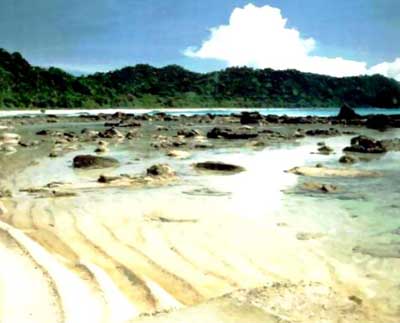
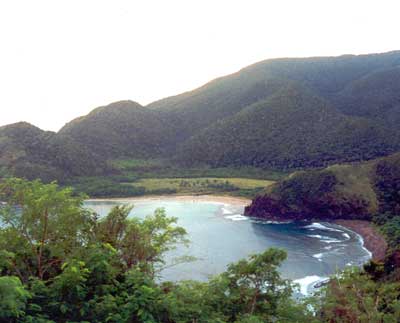
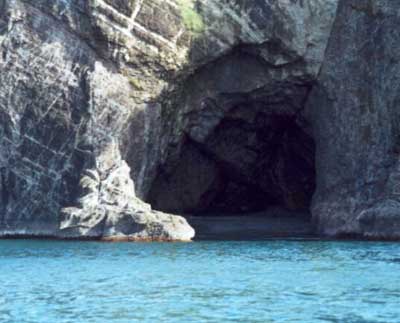
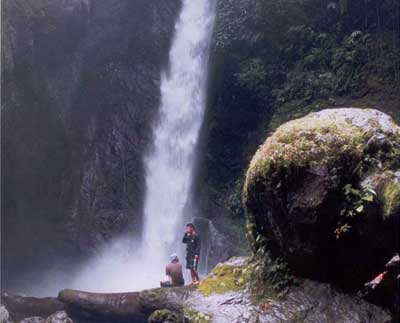
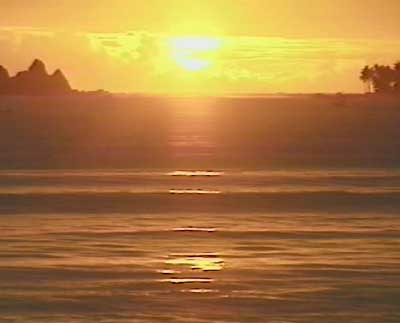
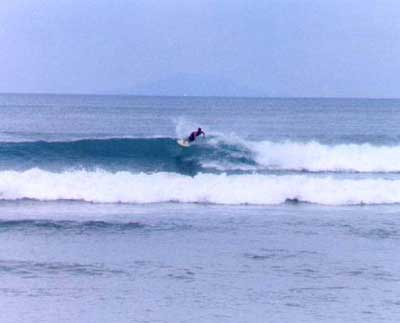
No comments:
Post a Comment